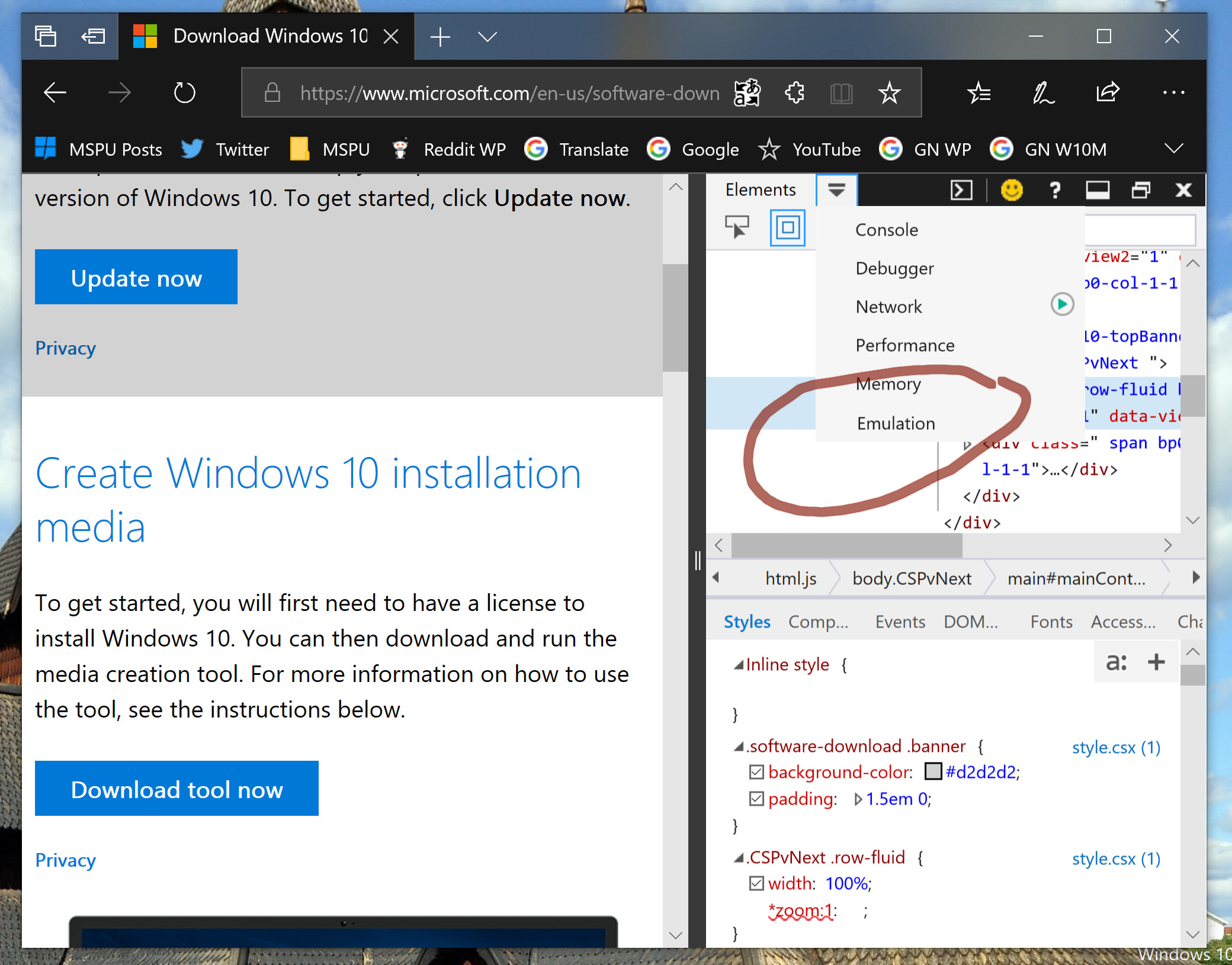Vmware Tools Iso Windows 10
- Vmware Tools Iso Windows 10
- Vmware Tools Iso Download Windows 10
- Vmware Tools Download Iso Windows 10
- Vmware Tools Iso Windows 10 Pro
- Vmware Vmtools Windows 10
Built for Windows 10 and More. Workstation 12 Player is the best way to run Windows 10 with your existing Windows or Linux PC. In a few simple steps you can easily install Windows 10 in a virtual machines from a disk or ISO image using the Workstation Player Virtual Machines Wizard. Go back to VMware Workstation and select Settings. Navigate to CD/DVD and browse to the darwin.iso file from within the Mac OS X folder you downloaded. Check the box next to Connected at the top. Go back to Mac OS X and you should see a popup for VMware Tools. If you don’t, reboot the VM. Install VMware Tools when prompted and reboot again.
VMware strongly recommends installing VMware Tools in a virtual machine running Windows OS. VMware Tools is automatically installed when theIndex of /45848/tools/releases Name Last modified Size Parent Directory 01-Jan-1970 00:00 - 10.0.0/ 19-Oct-2016 05:42 - 10.0.12/ 04-Nov-2016 06:31 - 10.0.5/ 19-Oct-2016 05:42 - 10.0.6/ 19-Oct-2016 05:42 - 10.0.8/ 19-Oct-2016 05:43 - 10.0.9/ 19-Oct-2016 05:43 - 10.1.0/ 04-Nov-2016 06:31 - 10.1.10/ 02-Aug-2017 02:53 - 10.1.15/ 09-Nov-2017 05:40 - 10.1.5/ 02-Aug-2017 02:53 - 10.1.7/ 02-Aug-2017. VMware Tools packages for Windows and Linux; File size: 154.10 MB; File type: zip; Read More: Download Now. VMware Tools packages for Windows and Linux; File size. As you can see 11.1.5 is the latest for Windows 10 x64 VMs. You can download the tools to the host machine and then mount the windows.iso to the VM as the virtual DVD drive in the VM settings. Make sure the guest OS settings is correct (in the Options tab, General). That might be why the very old version is being retrieved.
Easy Install option is used for Windows installation, but if you didn’t use this option, you will need to install VMware Tools manually. Here are the steps:1. If the virtual machine is turned off, power it on. The guest OS must be running in order to install VMware Tools.2. Configure the virtual CD/DVD drive to autodetect a physical drive. This enables the virtual machine’s first virtual CD/DVD drive to detect and connect to the VMware Tools ISO file. To do this, go to Player > Manage > Virtual Machine Settings:Under Hardware, go to CD/DVD and select the Use physical drive option on the left. Make sure that the Auto detect option is selected:3. Log in in the guest OS as the administrator.4. From the Player menu bar, select Player > Manage > Install VMware Tools to start the VMware Tools installation:5. Click Download and Install in the Software Updates window that opens:6. You should get the AutoPlay window. Click onVmware Tools Iso Windows 10
Run setup64.exe to start the VMware installation. If you didn’t get the AutoPlay window, go to D:setup.exe, where D: is the virtual CD-ROM drive. 7. Click Next in the Welcome to the installation wizard window:8. Select the installation type and click Next. The Typical installation option will suffice for most situations. The Complete installation option will install all VMware Tools features, while the Custom installation option will let you choose which features to install.9. Click InstallVmware Tools Iso Download Windows 10
 to start the installation process:10. When prompted, restart the virtual machine:
to start the installation process:10. When prompted, restart the virtual machine: